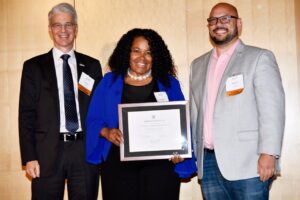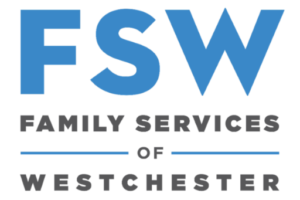 On the Road to College, one significant waypoint is the college application deadline, or should I say, the many deadlines. Students now must contend with 6 different deadlines: Early Action, Restrictive Early Action, Early Decision, Early Decision 2, Regular Decision, and Rolling. Given the stress this complexity imposes on families, clearly these deadlines serve the interests of colleges themselves to round out an ideal class of students. Add in the overall decentralized nature of admissions: Two different non-profits managing standardized testing (College Board and ACT); two different application systems (Common Application and Coalition Application); unique college applications (Georgetown) and State Applications (California); and the needing to use Naviance (which is only as good as the data entered) to sometimes facilitate teacher and counselor recommendations—parents become general managers not unlike a professional sports team. This reality is daunting and confusing, but the good news is this: With careful planning and guidance, parents can master this reality and rest assured they have done all they can for their child.
On the Road to College, one significant waypoint is the college application deadline, or should I say, the many deadlines. Students now must contend with 6 different deadlines: Early Action, Restrictive Early Action, Early Decision, Early Decision 2, Regular Decision, and Rolling. Given the stress this complexity imposes on families, clearly these deadlines serve the interests of colleges themselves to round out an ideal class of students. Add in the overall decentralized nature of admissions: Two different non-profits managing standardized testing (College Board and ACT); two different application systems (Common Application and Coalition Application); unique college applications (Georgetown) and State Applications (California); and the needing to use Naviance (which is only as good as the data entered) to sometimes facilitate teacher and counselor recommendations—parents become general managers not unlike a professional sports team. This reality is daunting and confusing, but the good news is this: With careful planning and guidance, parents can master this reality and rest assured they have done all they can for their child.
Some parents worry that starting deadline planning early, even casual college planning after PSATs in 10th grade or formally after PSAT/NMSQT in 11th, may cause stress in their child. The truth is quite the opposite. With more time, students can use this process to become more empowered, have a sense of self and of purpose, and take advantage of knowing more, sooner. Students, with support, can also put a spotlight on the cause of anxiety and diminish its significance as a negative guiding force in decision-making. By starting sooner, parents will have time with their child to have a better sense of a college portfolio and then determine the logic behind when to apply. Without that advantage of longer–term planning, previous choices transform to inflexible barriers and more decisions are made up for you.
To make the most of deadlines is to ensure the standardized test plan roadmap has been carefully planned with the cognizance of early deadlines (some as early as October 15!), that the college portfolio is well–balanced between reach, target, and likely schools (all with consideration of major), that you have visited as many colleges in which you are interested—all so that the work of the application, the harvest, is reaping the crop at the optimal time. Work toward this plan becoming a reality by visiting the undergraduate admissions website for each college of interest to understand their policy for each deadline type to see if that choice is optimal or not for your child. Like Jenga, each of the deadlines affects the other pieces of the application, so a refined list, completed in July if possible, grants parents and students enough time to see if that binding early decision reach school is the best choice, or whether a combination of restrictive early action and early action schools keeps the door open to more choice. And finally, let’s not forget that regular decision is still a valuable strategy for many.
Remember that this process reveals much about the student but the process itself is like being assigned a high-stakes job without training. Use time as your asset, curiosity as your guide, and mindfulness as your tool to melt some of the stress away. Done early, you can set a comfortable place with reasonable expectations so that by the time you take your final SAT or ACT, you will have a well-honed plan and just need to put it in motion.
Tony Di Giacomo, Ph.D. is an educator and founder of Novella Prep. He has 20 years of experience working in admissions, development, teaching, and research at various universities. Prior to launching Novella Prep, Tony worked at the College Board, where he led and managed research on the SAT,PSAT, AP, and other programs. You can reach him at tony@novellaprep.com.






